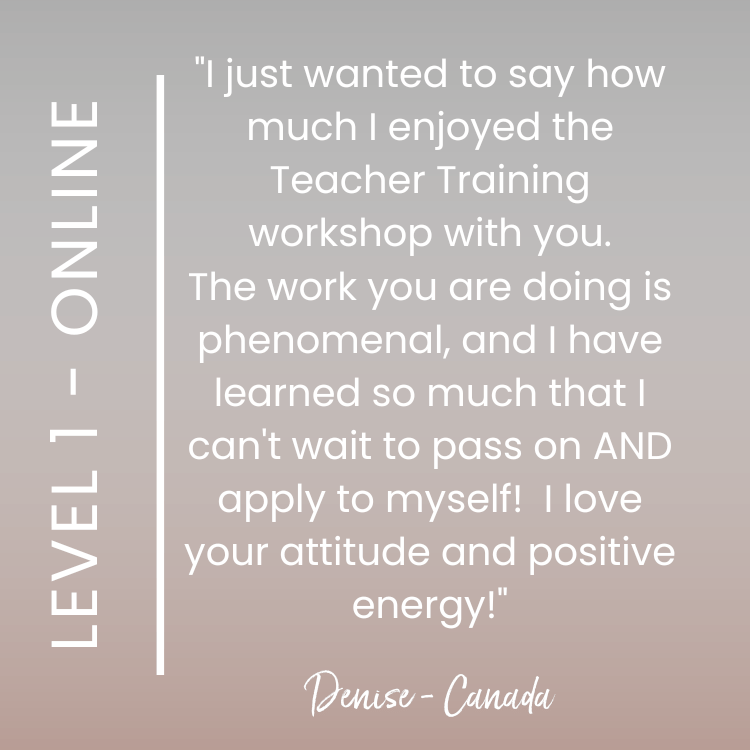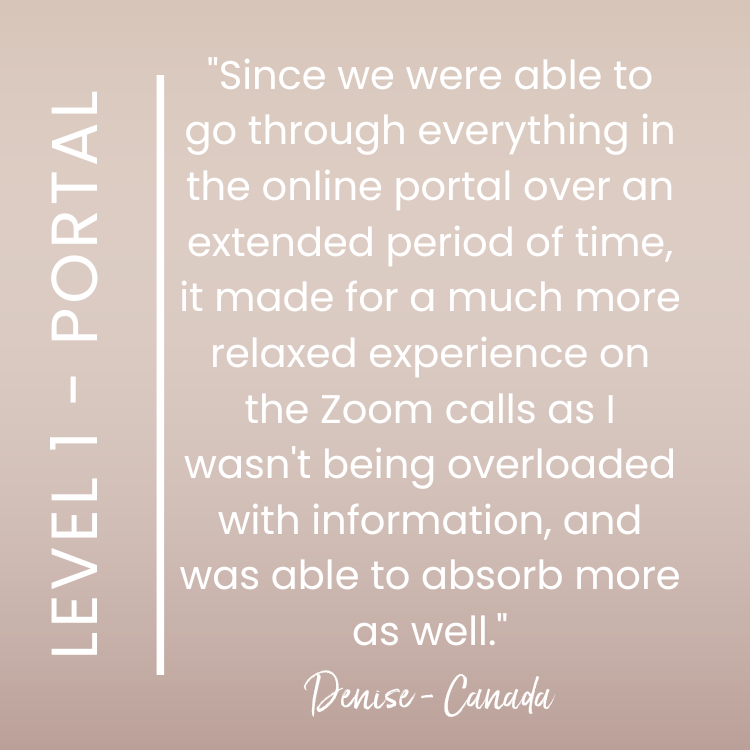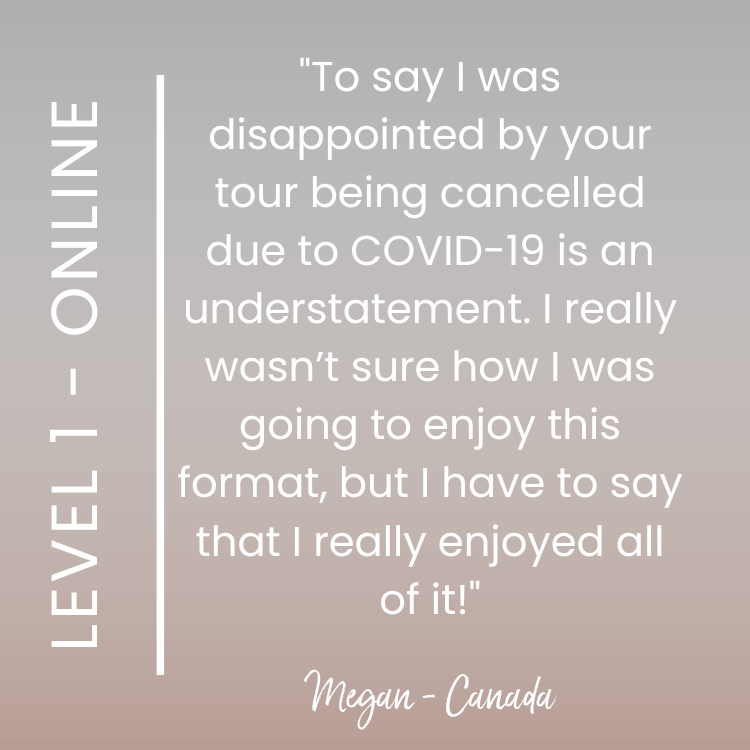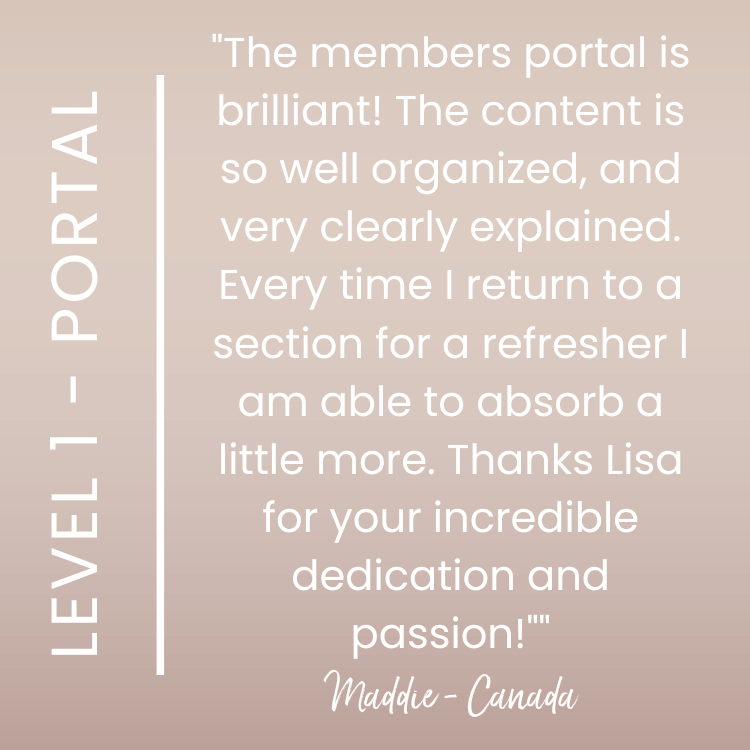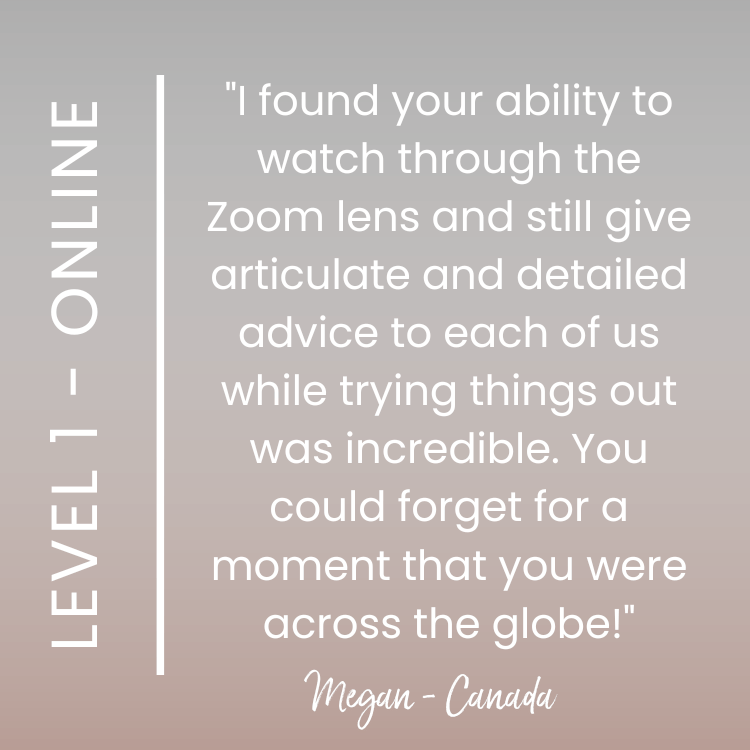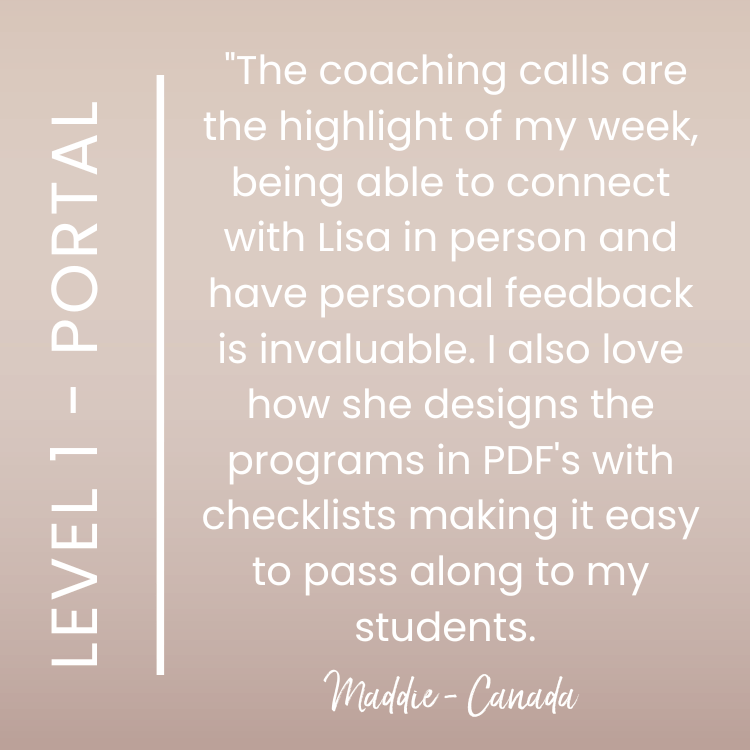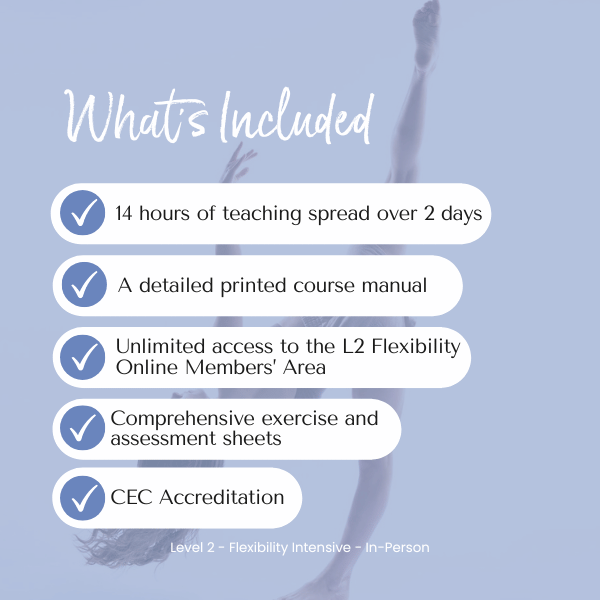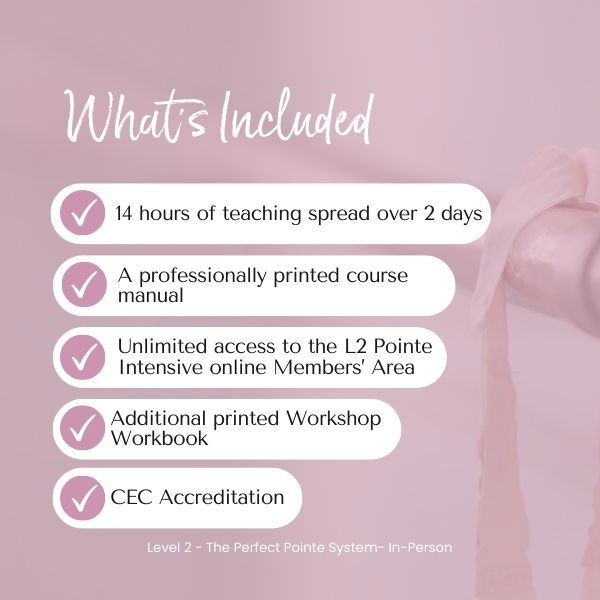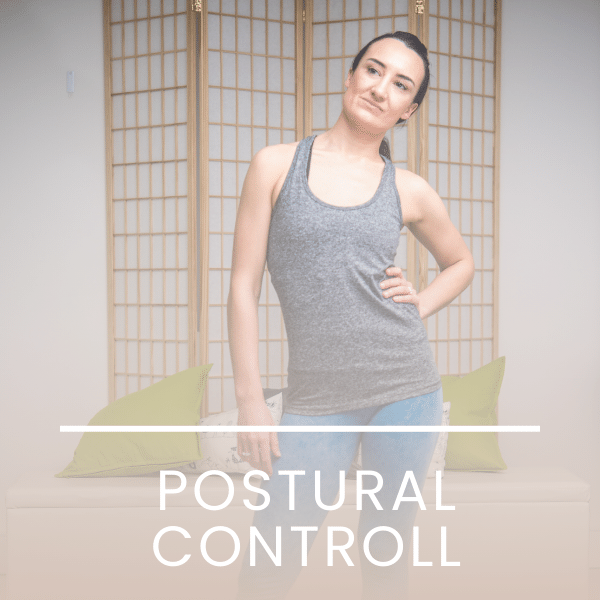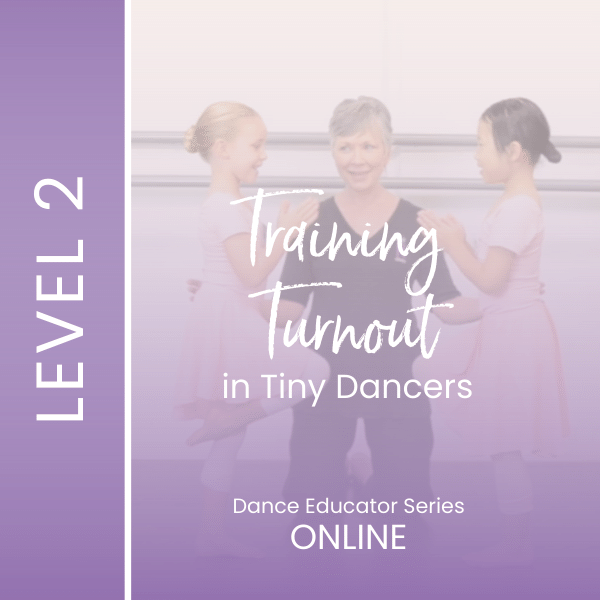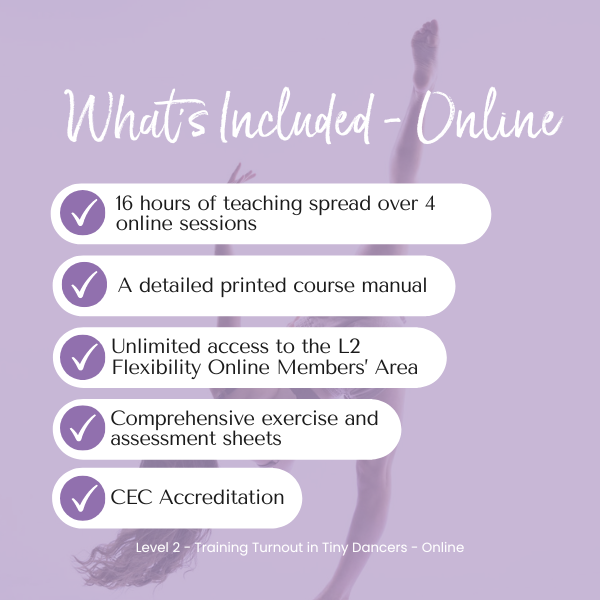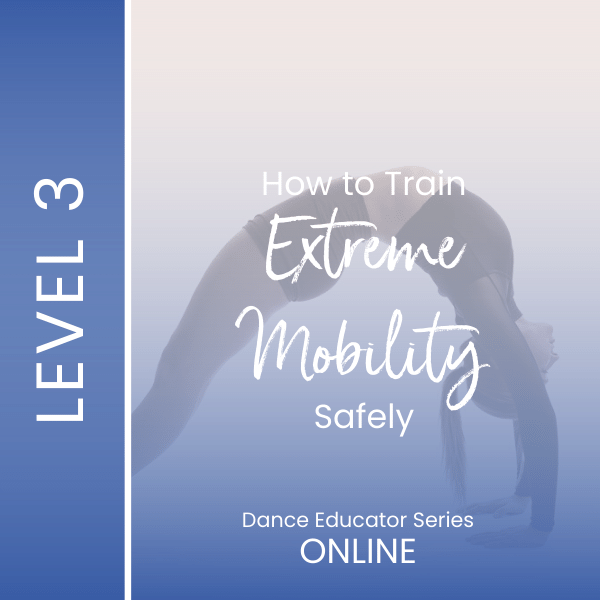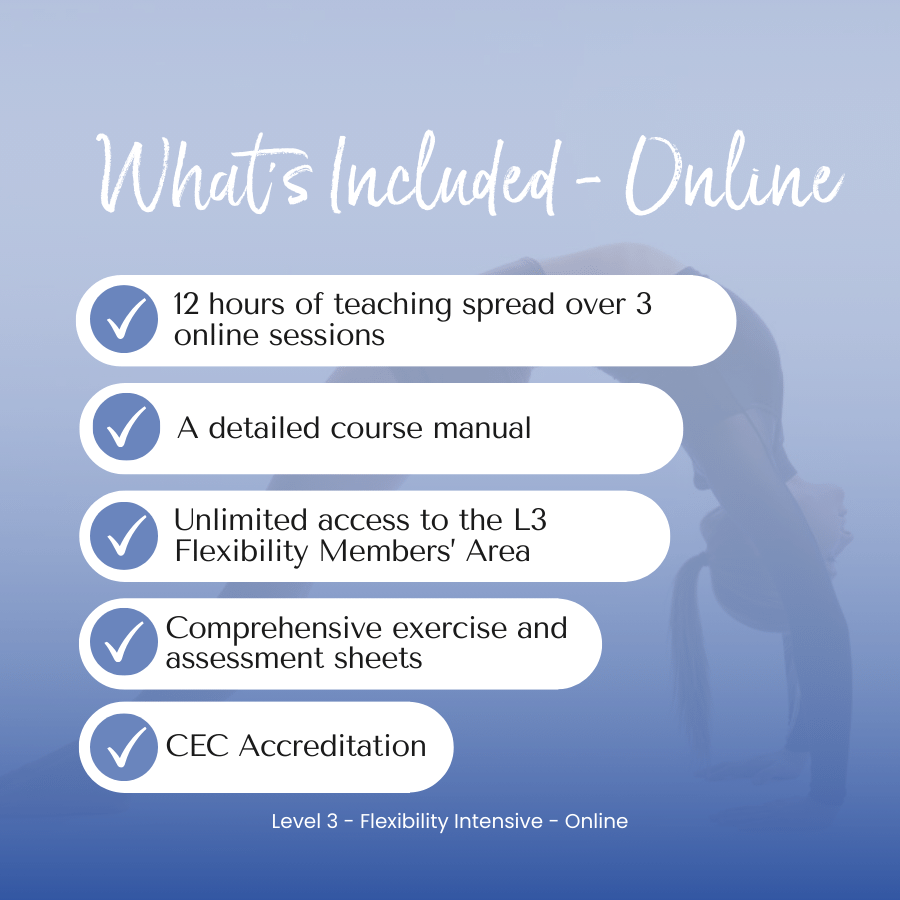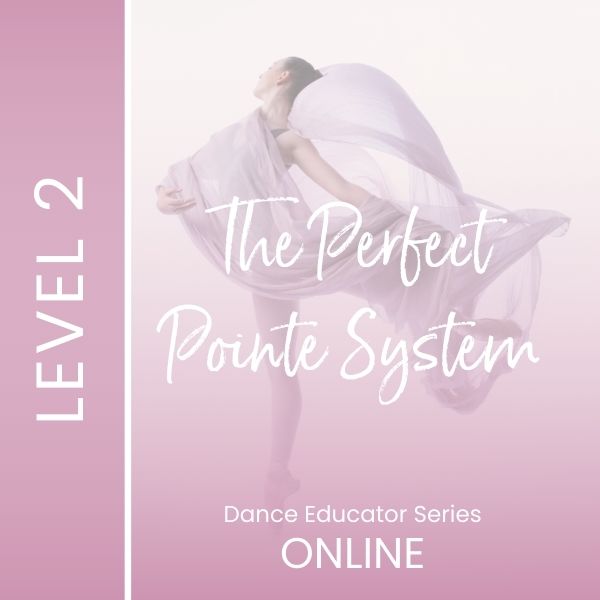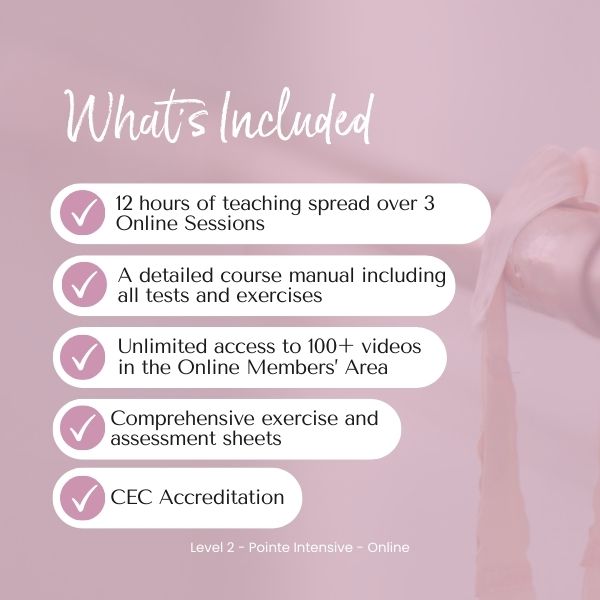DANCE EDUCATOR SERIES
Level 1 - The Fundamentals
Online Workshop
The original Level 1 workshop is now also available as an online course, with a combination of live teaching, pre-recorded content and personal exploration. Delivered in a 4 hour session, once a week for 5 weeks this option enables optimal learning, and time to explore all of the concepts in between sessions. This format is great for those who like to learn in layers, or those who cannot make it to a live training. It covers all of the info in the original workshop, plus, get 6 monbths free access to the extensive online portal and Coaching Calls.
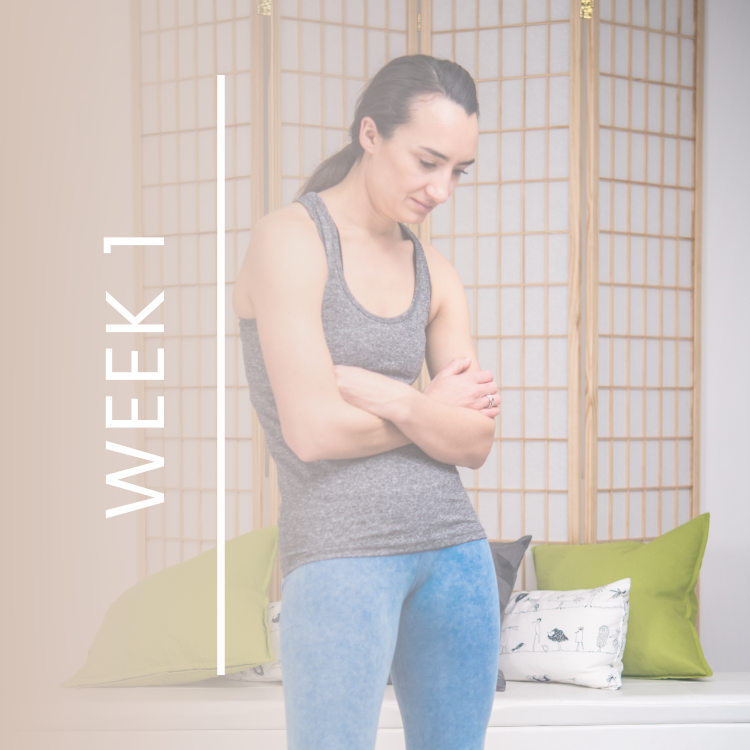
Introduction & Navigation of the Portal: We spend the first few minutes inviting attendees to introduce themselves, and to give a brief background of their training and vocational focus before exploring the rich resources available in the Online Portal. Participation in the Online Workshop grants you access to the Portal for six months. This allows you to review the content at your own pace, and also allows the ability for us to add richer content over time.
Postural Control: Mastering subconscious, dynamic and subtle control of basic standing posture is essential before moving on with any higher level strengthening. We look at the subconscious drivers to habitual postural positions and the various ways that this can shape the dancer's body.
The Dancers Warm Up: We look at the common issues with how dancers approach their warm up, along with ways that this can be easily resolved. We introduce two unique additions to the warm up sequence that can have profound impact on any dancer's training and performance.
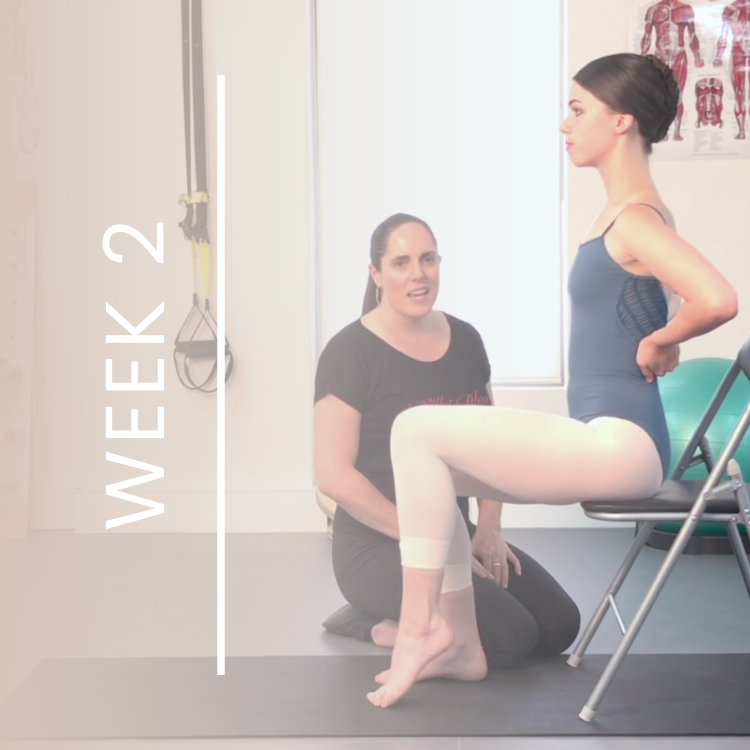
Flexibility Training: Dancers in all genres struggle with mobility, but many never achieve their potential because they are working on the wrong restriction. We look into several different systems (especially the Fascial and Nervous Systems) that can restrict mobility. We look at simple ways of assessing each ones involvement, and then move on to safe and effective strategies for improving range.
Core Stability: There are many myths in the exercise and dance world about what Core Stability actually is. Some of these are variations on a vaguely correct theme, however many are outdated and explained poorly.Traditional "core" exercises such as 'crunches' and 'plank' are not ideal for young dancers and can cause several other issues. To understand why, as well as learn how to do them properly, we need to look at the anatomy of the abdomen and understand what true Core Stability is, and what it is not. Mastering the subtle art of true Core Stability can have dramatic effects on a dancers adage as well as dramatically decreasing back pain.
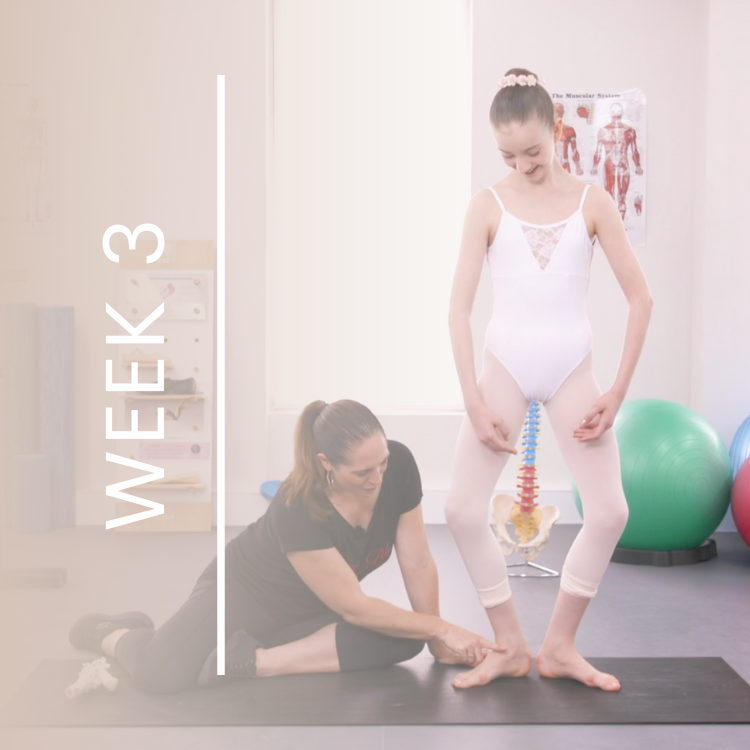
Basic Classical Technique: The importance of a physical screening process for any dancer can never be underestimated. This assessment may be done either by an experienced dance teacher or a therapist with a good understanding of the demands of dance. A huge number of issues that dancers face stem back to errors in their basic technique. Understanding the anatomical considerations behind the basic positions and steps required in classical ballet helps enormously, not only in preventing injury, but in enhancing performance.
We look in detail at:
- Standing in 1st & 5th position
- Demi Plié and Grand Plié
- Dynamic control of the foot on rise
- Tendu en Croix
- Retiré
We then work through exercises to improve each position based on the individuals own anatomy. This includes various massage and mobilisation techniques as well as specific mobilisers and activation exercises to move past previous restrictions.
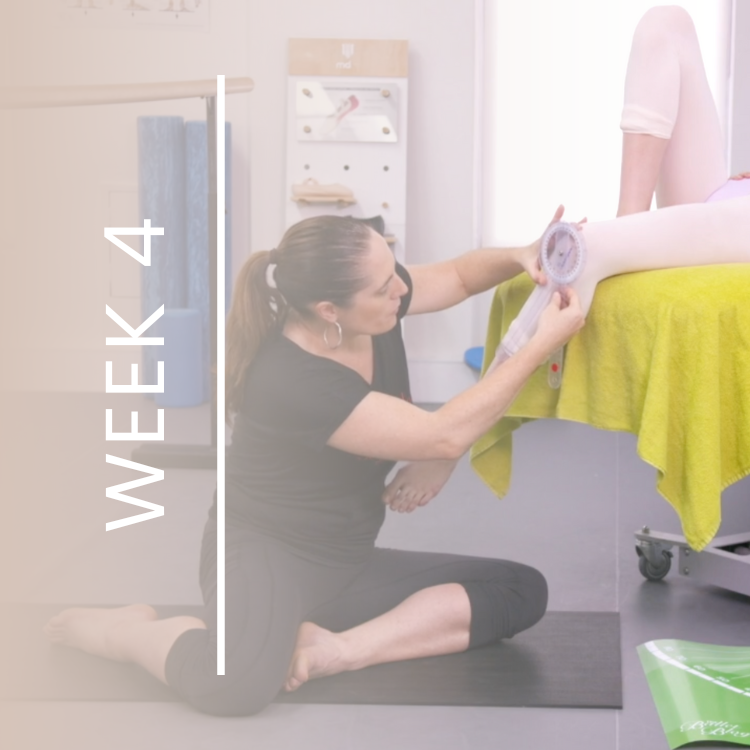
The Dancers Hip: Week 4 is dedicated to understanding the Dancer's hip in detail. Not all hips are created equal, and this makes it very hard to train all dancers in a group to their full potential while still keeping things safe. It is helpful for you to have model handy to practice the assessment on this day.
- Anatomy of the Hip: Understanding the variability in different hips, and the differences between an adolescent and adult hip is essential when working with groups of dancers.
- Assessing the Hip: Optimal development of turnout must include individual analysis and assessment of a dancers hip structure, and the development of a personalised hip program. This section goes through simple tests to understand the quality and location of restrictions in each dancer.
- Improving Range in the Hip: This section give a set of effective options for each location and type of restriction. Dancers may need different mobilisers for different areas and can curate their own ideal program after some experimentation.
- Improving Control in the Hip: We then work through simple sequences of training exercises to improve Standing Leg Turnout, Turnout en Fondu and Turnout Devant, which are three very different movements.
- Common Hip Injuries: Finally we look at the application of all of this knowledge in understanding the many common hip issues that dancers may complain of.
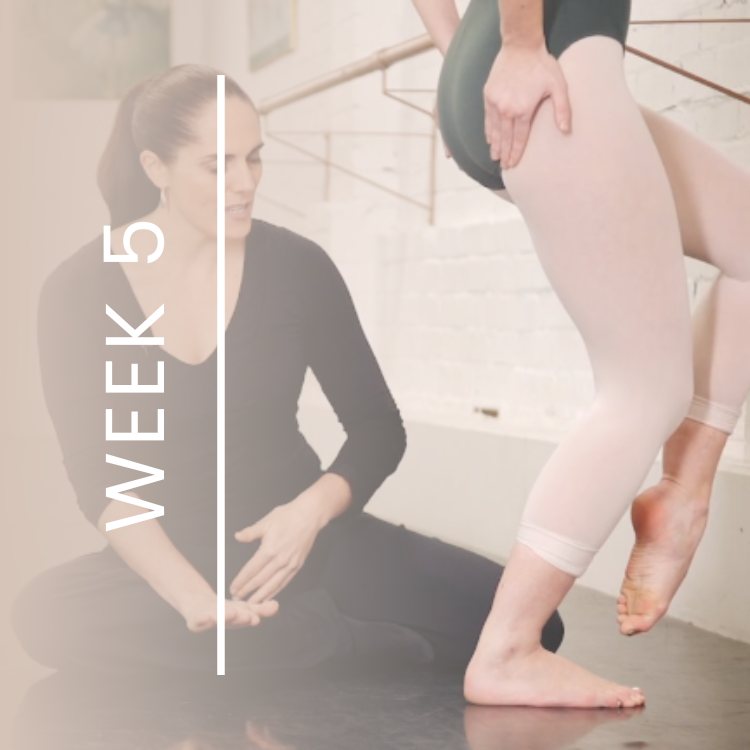
Returning to Jumps Following Injury: Understanding the anatomy of a jump helps improve the quality and ballon of your healthy dancers allegro. However it will also help dancers return safely to jumping after being off for any period of time. We work through a program of exercises to keep dancers conditioned while in "Relative Rest" from jumping, and to physically, and psychologically, prepare them for jumping in a progressive way.
Foot Injuries: We look at a comprehensive set of foot and ankle injuries that are far too prevalent in the dance world. You will gain insight into why these issues occur and how simple intervention strategies can help prevent them, as well as hasten recovery and prevent recurrence.
Spinal Mobility: There has been a significant increase in the number of serious spinal injuries in young dancers due to the extreme ranges of motion that are becoming commonplace in recent years. Most of these injuries come from a lack of mobility in specific areas, or poor segmental stability of the mobile areas of the spine. We look at safer ways of improving range to achieve beautiful lines.
Arabesques: Pushing the leg up into an arabesque is one of the slowest, and most risky, ways to improve the arabesque line. A more intelligent and effective approach is to carefully analyse each element, train it in isolation, and then rebuild it back into technique. This approach can have rapid and safe improvements in the arabesque line, no matter what the age of the dancer!

What others think!
It is always nice to hear what others think, so here is a selection of comments from Teachers and Therapists who have attended previous online workshops.

